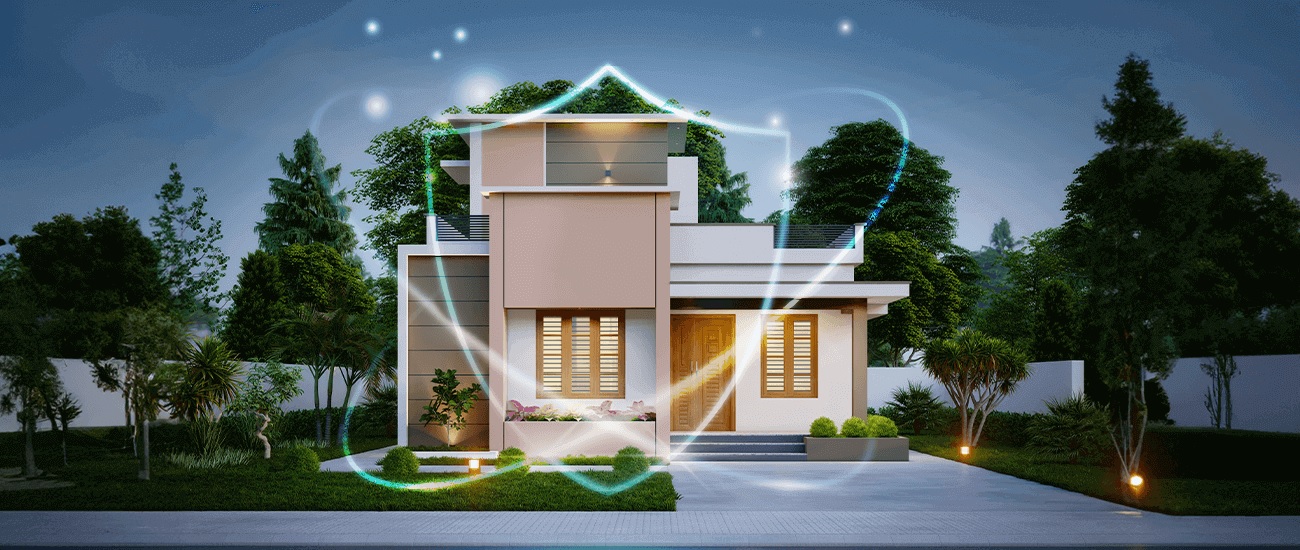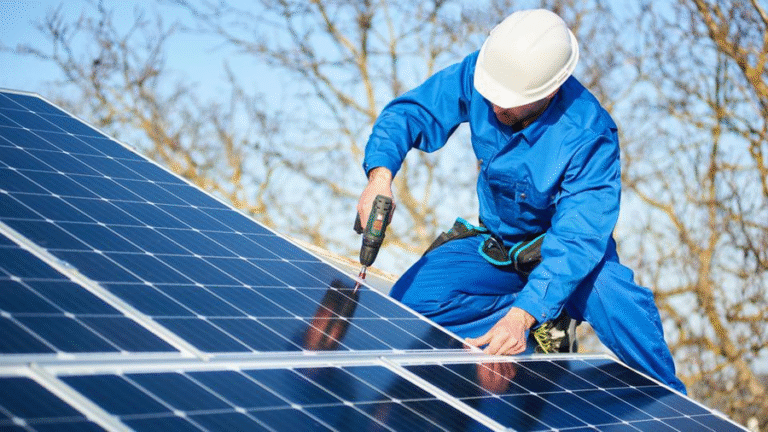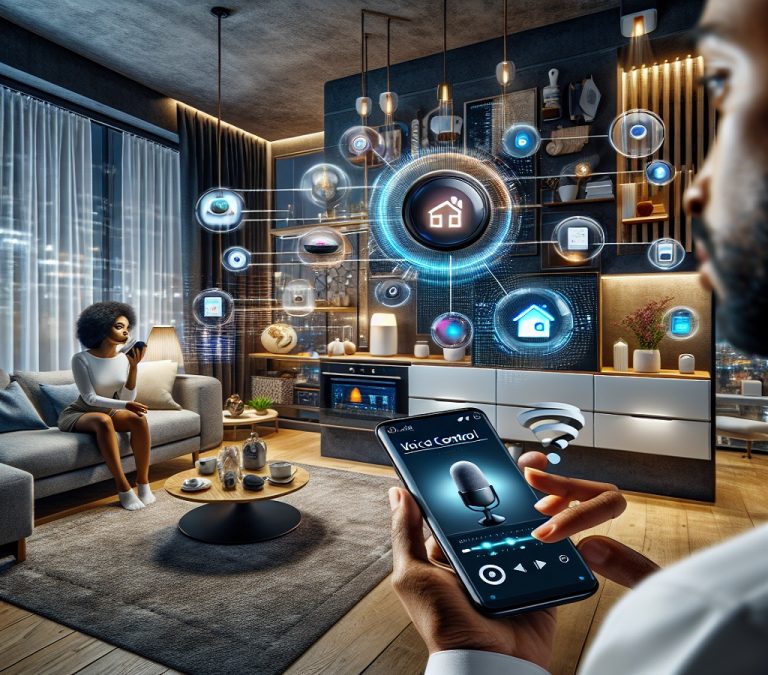
In the digital age, the concept of a “smart home” has evolved from a futuristic dream to a practical and accessible reality. With an ever-growing array of devices and systems designed to make life more efficient, convenient, and sustainable, the possibilities for enhancing your living space are virtually endless. Whether you’re new to the smart home ecosystem or looking to optimize your current setup, there are several key tips and strategies that can help you make the most of your smart home technology.
In this article, we’ll explore the top 10 tech tips for creating a better smart home. From choosing the right devices to improving security and energy efficiency, these tips will guide you toward a smarter, more seamless home experience.
1. Centralize Control with a Smart Hub
One of the cornerstones of a smart home is the ability to control all your devices from a single platform. Smart hubs, such as Amazon Echo, Google Nest Hub, or Apple HomePod, act as central control points for a variety of smart devices, allowing you to manage everything—from lighting and temperature to security systems—via voice commands or an intuitive app.
Investing in a reliable smart hub streamlines your home automation system, reduces the need for multiple apps, and enhances the user experience. Choose a hub that is compatible with the devices you already own or plan to acquire, ensuring a cohesive and efficient system.
2. Automate Routine Tasks with Smart Schedules
One of the most compelling features of a smart home is automation. By setting schedules for your devices, you can eliminate the need for manual operation and save time on everyday tasks. For example, schedule your thermostat to adjust the temperature automatically when you wake up or set your lights to turn on at dusk. These routines not only add convenience but can also help save energy by ensuring devices only operate when needed.
Smart home platforms allow you to create personalized schedules for almost every device in your home, from appliances to security systems. With the ability to set rules and triggers, you can enhance the efficiency of your home while reducing energy waste.
3. Enhance Security with Smart Cameras and Sensors
Security is one of the most critical components of any smart home. Smart security cameras and sensors give you peace of mind by allowing you to monitor your home remotely, whether you’re at work or on vacation. From doorbell cameras like Ring and Nest Hello to full surveillance systems, modern smart cameras provide high-definition video, motion detection, and even two-way communication.
Combine cameras with motion sensors, window and door sensors, and smart locks to create a robust security system that can alert you in real-time if suspicious activity is detected. Some systems also offer integration with other smart devices, such as lighting or alarms, to automatically respond to events, such as triggering lights to turn on when motion is detected at night.
4. Upgrade Your Lighting with Smart Bulbs
Smart lighting is a simple yet impactful way to enhance your home’s functionality and ambiance. By replacing traditional light bulbs with smart bulbs, you can adjust brightness, color, and even set lighting schedules directly from your smartphone or voice assistant. Popular options like Philips Hue and LIFX allow you to customize your home’s lighting to suit your preferences, whether it’s dimming for a cozy atmosphere or brightening up a workspace.
Additionally, smart lighting can improve energy efficiency by allowing you to automate when lights are turned on or off. Motion sensors can be used in conjunction with smart bulbs to ensure that lights only activate when a room is occupied, saving you money on electricity.
5. Optimize Energy Use with Smart Thermostats
Smart thermostats, such as the Nest Learning Thermostat or Ecobee, are one of the most popular additions to a smart home, and for good reason. These devices learn your schedule and preferences, automatically adjusting your home’s temperature for maximum comfort and efficiency. Instead of manually changing the temperature, a smart thermostat can optimize heating and cooling to reduce energy consumption without sacrificing comfort.
You can control your thermostat remotely through an app, ensuring that you never forget to adjust the temperature when you leave home. Smart thermostats also provide insights into your energy use, helping you identify patterns and make adjustments that lead to further savings.
6. Integrate Voice Control for Seamless Interaction
Voice assistants like Amazon Alexa, Google Assistant, and Apple Siri have revolutionized how we interact with our homes. With the ability to control your smart devices using just your voice, these assistants make managing your home hands-free and incredibly convenient. From adjusting the thermostat and lights to playing music and controlling your smart appliances, voice control simplifies everyday tasks.
Integrating voice control into your home allows you to control multiple devices simultaneously and with ease. For example, you can say, “Hey Google, turn off the lights, set the thermostat to 70 degrees, and lock the doors,” all with one command.
7. Improve Home Entertainment with Smart Audio and Video Systems
For those who enjoy entertainment, a smart home offers many opportunities to enhance your audio and video experience. From smart TVs that stream content from platforms like Netflix and Hulu to surround sound systems that integrate with Alexa or Google Assistant, upgrading your entertainment setup can elevate your home’s ambiance.
Smart speakers, such as Sonos or Bose, can be placed throughout your home to create a whole-house audio experience, allowing you to play music, podcasts, or audiobooks in any room. You can also sync your audio system with your smart lighting to create dynamic lighting scenes that match your entertainment, such as dimming the lights for a movie night.
8. Enhance Your Kitchen with Smart Appliances
Smart appliances are transforming the kitchen, making it easier to cook, clean, and maintain your space. From smart refrigerators that notify you when you’re running low on groceries to ovens that you can preheat remotely, these devices are designed to simplify your kitchen routines. Smart dishwashers and washing machines also offer advanced features, such as cycle monitoring and energy-efficient settings.
These appliances often come with companion apps that allow you to monitor and control them remotely. For example, you can start your dishwasher while you’re out, or receive alerts when your laundry is done, making household chores less time-consuming.
9. Ensure Network Security with Smart Wi-Fi Routers
With the increasing number of connected devices in your home, it’s more important than ever to ensure your Wi-Fi network is secure and optimized for performance. Smart Wi-Fi routers, such as those from Eero, Google Nest Wi-Fi, or Orbi, offer features like adaptive Wi-Fi, security monitoring, and guest networks. These routers help to provide better coverage, reduce buffering, and ensure your devices are securely connected.
Many of these routers come with built-in security features that detect and block suspicious activity, providing an extra layer of protection against potential cyber threats. Additionally, you can prioritize bandwidth for specific devices, ensuring that your home’s critical systems, like video calls or streaming services, always perform smoothly.
10. Monitor Indoor Air Quality with Smart Sensors
Indoor air quality is often overlooked, but it plays a significant role in maintaining a healthy living environment. Smart air quality sensors, such as those from Awair or Eve, can monitor levels of dust, pollen, humidity, and volatile organic compounds (VOCs) in your home. These sensors provide real-time data on air quality, helping you understand how your environment may impact your health and well-being.
By integrating these sensors with smart HVAC systems or air purifiers, you can automate responses to poor air quality, such as turning on the air purifier when pollutant levels rise. Monitoring air quality ensures that your home remains fresh and healthy, especially in areas with high pollution or during allergy season.
Conclusion
Creating a better smart home doesn’t require overhauling your entire living space—it’s about integrating thoughtful, technology-driven solutions that enhance convenience, efficiency, and comfort. By following these ten tech tips, you can turn your home into a truly smart environment, from managing energy consumption and security to improving entertainment and air quality.
As smart home technology continues to evolve, the possibilities are endless. Whether you’re just getting started or looking to refine your current setup, these tips will help you build a home that’s not only smarter but also more connected, comfortable, and sustainable. With the right approach, you can enjoy the benefits of a truly modern living space, all while optimizing your day-to-day experience.





